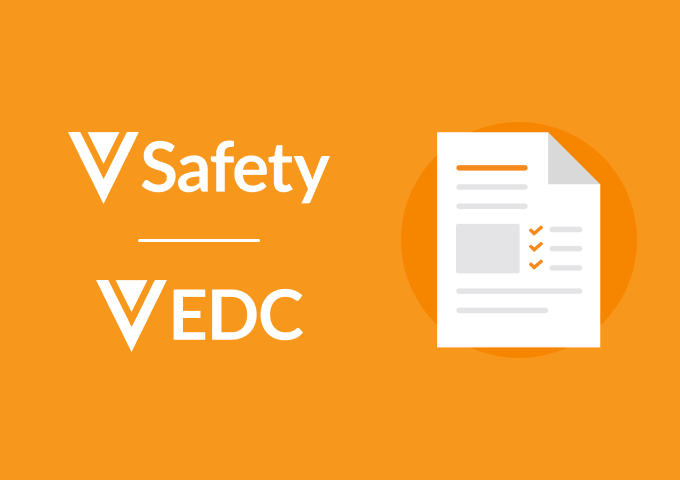Blog
Reduce Reconciliation of Clinical
Serious Adverse Events (SAE)
Jul 09, 2025 | Christina Kim and Celine Ghafari
Jul 09, 2025 | Christina Kim and Celine Ghafari
This edition of Veeva’s Safety Newsletter spotlights the Safety-EDC Connection and how it automates the flow of serious adverse event (SAEs) records from data management teams to the safety inbox and reduces reconciliation.
Reducing high overhead for SAE case processing and reconciliation
Clinical and safety teams collect and process data independently using separate databases, even though they manage common data elements. Reconciling adverse event (AE) data between the clinical study database and the safety database can require several weeks of effort, generate hundreds of queries to investigator sites, and potentially delay key regulatory submissions until the process is fully resolved.
Processing clinical SAEs by safety teams is estimated to take ~2.15 FTE days/SAE in sponsor effort excluding site support. With study coordinators spending between 10% and 20% of their total work effort on AE/SAE reporting, according to Tufts Center for the Study of Drug Development, streamlining SAE processing and reconciliation can reduce trial costs and risk of delays for achieving key milestones.
Automate sharing of clinical adverse event and casebook data with Safety-EDC Connection
Sharing data across clinical and safety teams relies on manual duplicate data entry or expensive integrations. The Safety-EDC Connection enables:
- More comprehensive data sharing than E2B integrations: Automate data intake of 200+ clinical subject reportable event fields and improve safety outputs.
- Faster case processing and medical review: Safety teams have direct access to view and can add relevant subject data during case processing.
- Greater efficiency to process and reconcile SAEs: More efficient case processing and streamlined reconciliation with direct linking of clinical SAE to safety case ID.
- Automated data sync: Automatically transfer SAE casebook data to safety (configured, includes non-E2B) and share safety case status with clinical.

Automate End-to-End Clinical Patient Safety for Improved Efficiency and Data Quality
26 minutes
Safety experts share how to automate information flow between clinical and safety teams to streamline case processing of SAEs and distribution of safety letters.

Streamline Clinical Serious Adverse Event Reporting and Management
4 minute read
Explore the Safety-EDC Connection feature brief on how to automate clinical SAE reporting to safety, increase quality of PV data, and reduce reconciliation.

Reduce Safety Case Processing Time by 50%
2 minutes
Hear how Inhibrx saves time and reduces reconciliation by connecting Veeva Safety with Veeva EDC.
“We expect case processing time to go down by 50% and data accuracy and quality went up because you’re not doing double data entry from Vault EDC to Vault Safety.” – Bonne Adams, Vice President Operations, Inhibrx Biosciences, Inc.
To receive a monthly Safety newsletter in your inbox, subscribe here.
